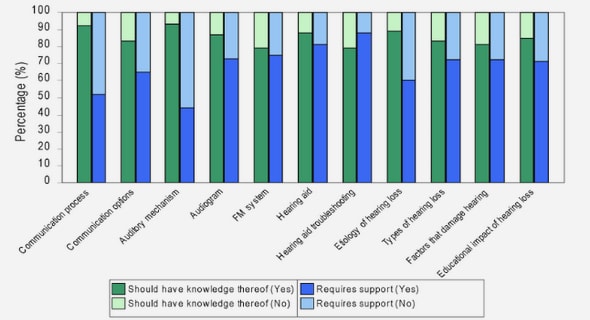(Downloads - 0)
For more info about our services contact : help@bestpfe.com
Table of contents
Introduction
1 The Standard Model and the Higgs boson
1.1 The Standard Model
1.1.1 The elementary constituents of matter
1.1.2 The fundamental forces
1.2 The Quantum Electrodynamics Field Theory
1.3 The Quantum Chromodynamics Field Theory
1.4 The electroweak sector
1.5 The Higgs mechanism
1.5.1 The scalar Higgs field
1.5.2 Mass generation for the Standard Model particles
1.6 Higgs searches
1.6.1 Theoretical constraints
1.6.2 Experimental constraints
1.7 Conclusion
2 Experimental apparatus : The Tevatron and the DØ detector
2.1 The chain of accelerators and the Tevatron
2.1.1 Proton beam production
2.1.2 The Main Injector and Recycler
2.1.3 Antiproton beam production
2.1.4 The Tevatron
2.2 The DØ detector
2.2.1 Coordinate system
2.2.2 Tracking and vertexing system
2.2.3 Preshower detectors
2.2.4 Calorimeter
2.2.5 Muon system
2.2.6 Luminosity monitor
2.2.7 Trigger and data acquisition system
2.2.8 Data format and detector simulation
3 Objects reconstruction and identification
3.1 Tracks
3.2 Primary Vertices
3.3 Electrons
3.3.1 Reconstruction and identification criteria
3.3.2 Electron resolution and energy scale correction
3.3.3 Identification efficiency between data and simulation
3.4 Muons
3.4.1 Reconstruction and identification criteria
3.4.2 Muon energy resolution
3.4.3 Reconstruction efficiency in data and simulation
3.5 Jets
3.5.1 Jet reconstruction
3.5.2 Jet identification and vertex confirmation
3.5.3 Jet Energy Scale
3.5.4 Jet Shifting, Smearing and Removal
3.6 Missing transverse energy
3.7 b-jet identification
3.7.1 b-jets properties
3.7.2 b jet taggability
3.7.3 Individual b-jet identification algorithms
3.7.4 The NN b-tagger
4 Selection and physics processes modeling in the WH analysis
4.1 Overview
4.2 Foreword on the analysis work flow
4.3 Data and Monte Carlo used in the WH analysis
4.3.1 Data samples
4.3.2 Monte Carlo samples and generators
4.3.3 Trigger selection
4.4 Event selection
4.4.1 Primary vertex selection
4.4.2 Lepton selection
4.4.3 Missing ET selection
4.4.4 Jet selection
4.4.5 Triangular cut
4.4.6 Vetoes
4.5 Reweighting of W+jets and Z+jets samples
4.6 Multijet background estimation
4.6.1 Multijet background modeling strategy
4.6.2 Lepton fake rates
4.7 Simulation normalization scheme
4.7.1 Multijet sample normalization
4.7.2 Experimental K factors for the W+jet background
4.7.3 Heavy flavor scale factor
4.8 Pre-tag summary
4.9 b-tagging applied in the WH analysis
4.9.1 Taggability scale factors
4.9.2 b-tagging efficiency scale factors
4.9.3 Post b-tagging results
5 Multivariate classification, limit derivation and results for the WH analysis
5.1 Improving sensitivity using a Random Forest
5.1.1 Principle of a Random Forest
5.1.2 Input variables and training parameters
5.1.3 Rebinning of the Random Forest output
5.1.4 Random Forest distributions
5.2 The CLs method
5.2.1 Principle of the method
5.2.2 Systematic uncertainties : sources and treatment
5.3 Limits obtained in the WH analysis
6 Future improvements and prospects
6.1 Improvements in the WH analysis
6.1.1 Jet Energy Resolution
6.1.2 Changes in the analysis
6.1.3 Summary of potential improvements
6.2 Prospects at the Tevatron and LHC
6.2.1 Prospects at the Tevatron
6.2.2 Prospects at the LHC
6.2.3 Conclusion
Conclusion
Bibliography



